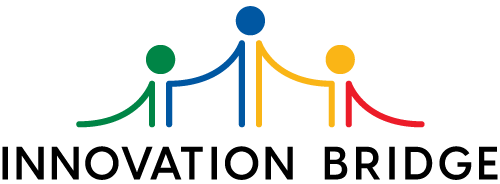In- and Outdoor IMU System
Our invention consists of an array of Inertial Measurement Unit (IMU) sensors that are synchronized with one another. The IMU sensors measure the inertia and position of the subject within a space. The IMUs’ output is their collective measurement of inertia and forces, generating big data. The data serves as input into a personalized kinematic model for the test subject. The kinematic model can estimate the Ground Reaction Forces (GRFs) and a torque profile of the test subject around a specific sensor or in relation to one another.
There is no limit to the number of sensors that can be used on a test subject or on multiple test subjects of locations.
Our sensors are 5 centimeters in diameter, 10 millimeters thick and independently powered. The sensors synchronize with one another wirelessly, and the user can use as many as needed on the test subject‑ animate or inanimate.
Currently, motion tracking systems are either based on Optical Systems to capture and analyse movement or use sensors such as Inertial Measurement Units (IMUs).
Optical systems employ several cameras to capture images of the moving body of interest. From these images, kinematic models may be built that gives insight into the movement of the object. These systems are typically very accurate but are expensive and tracking can only occur within the facility where the cameras are installed. An example of an optical system is the Vicon motion capture system.
IMU systems, on the other hand, include sensors which are placed on the body parts of interest. These sensors measure the inertia of the moving parts from which kinetic models can be developed. IMU systems are potentially cheaper and more portable than optical systems and do not limit the study subject to a specially-fitted facility, but they are less accurate than optical systems and time synchronization with multiple sensors is difficult.
The trend in the “biomechanics market” in movement and sports sensors is the use of AI (machine learning and neural networks) to diagnose the performance of athletes and train them using the information generated. The quality of the AI-trained database depends on the data points required to improve accuracy.

